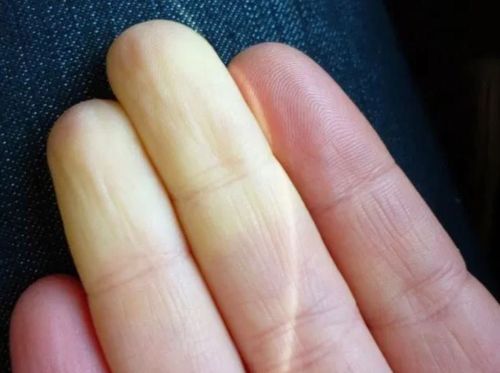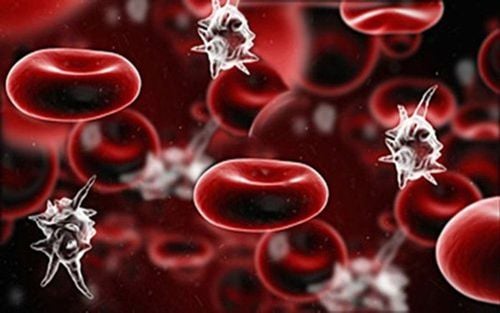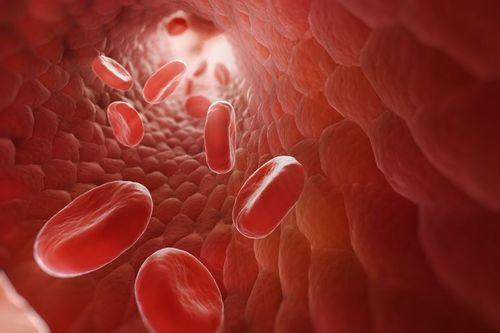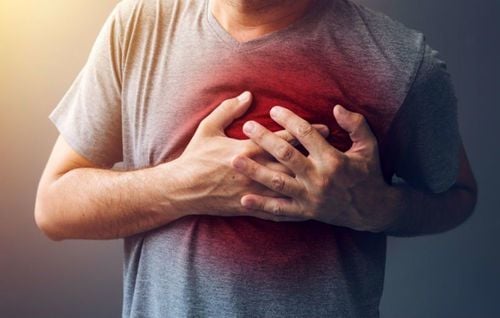This is an automatically translated article.
The article was written by Dr. Mai Xuan Thien - Emergency Department, Vinmec Times City International Hospital
Active supportive treatment, including appropriate stimulation of white blood cell production, is important in the treatment of acute colchicine poisoning. In particular, treatment with specific antibodies seems to be effective, but has not been widely used, has little research, and is not available on the market today.
1. Clinical features
At therapeutic doses, the patient may have symptoms such as abdominal cramps, increased intestinal motility, diarrhea, nausea and vomiting. Frequent gastrointestinal manifestations were predictive of analgesia in 91% of patients, limiting drug use in many patients.
The clinical manifestations of colchicine toxicity can be divided into three consecutive phases, and often the phases will overlap.
The first stage (gastrointestinal stage) reflects the damaged gastrointestinal mucosa and can develop manifestations like cholera. Gastrointestinal symptoms may be limited with intravenous colchicine. The second stage (many organ manifestations) is characterized by multiple organ dysfunction and metabolic disturbances that are common. Death from acute colchicine poisoning is often due to cardiovascular collapse and arrhythmia, or from complicated infection or bleeding. Patients with early cardiovascular failure often have a poor prognosis. Those who survive will go to stage three, where bone marrow suppression begins to recover, white blood cells begin to increase, organ failure gradually resolves, and full recovery is possible. Myopathy, neuropathy, and neuromuscular fusion have been described as acute poisoning, proximal weakness, sensory disturbances of the extremities, decreased extremity reflexes, and neurotransmission impairment presenting as pathological manifestations of the disease. axon. Other complications include delirium, lethargy, and coma, seizures, adrenal hemorrhage, DIC, alopecia, and pancreatitis. Although rare, epidermal necrolysis has also been described.
Like the third stage of poisoning described above, chronic poisoning includes neuromuscular disease, impaired myocardial function. Neuromuscular disease presents with proximal weakness and may include decreased respiratory muscle function. An increase in plasma creatinine may be observed. These manifestations may persist for 3 to 4 weeks after discontinuation of colchicine. Manifestations of heart failure often have a poor prognosis.
Chronic poisoning is thought to be rare due to gastrointestinal manifestations leading to discontinuation of treatment. Chronic poisoning is often associated with impaired renal function or chronic comorbidities and is often misdiagnosed with polymyositis or uremia neuropathy.
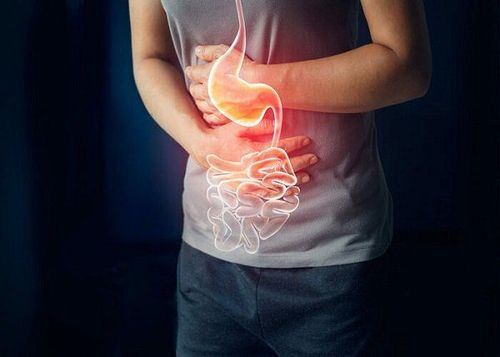
2. Diagnosis of colchicine poisoning
Colchicine poisoning is an acute poisoning that requires prompt intervention. The diagnosis of poisoning is not difficult if there is a clear history. Colchicine can be inadvertently eaten during meals containing the leafy greens of C. autumnale and the tubers of G. superba when they are mistaken for wild garlic and sweet potatoes, respectively. In areas where FMF and colchicine are commonly used, clinicians should always be on the lookout for symptoms such as colchicine toxicity to avoid missed diagnoses.
Differential diagnosis with enteritis, sepsis, iron poisoning or NSAIDs (in the early stages) or heavy metal poisoning (in the late stages) because of possible bone marrow suppression in the second stage and possibly infection related to toxicity assessment.
Any case of suspected colchicine poisoning should be hospitalized and monitored early. The first manifestation in the gastrointestinal tract should be alerted. If there are no symptoms and signs of improvement within the first 24 hours after ingestion, they rarely appear thereafter and the patient can be discharged. In case of intravenous overdosage, no gastrointestinal symptoms, the patient needs to be monitored longer. If clinical signs of toxicity develop, they should be monitored in the intensive care unit.
3. Subclinical
Required tests include: complete blood count, glucose, electrolytes, liver and kidney function, coagulation, CK, calcium, phosphorus, Magnesium, arterial blood gases, chest X-ray, urinalysis , continuous ECG monitoring, troponin, fibrinogen, and echocardiography.
Beta-HCG test in women of childbearing age. Colchicine plasma concentrations may be measured if the testing facility is capable. However, the clinical manifestations are not as rapid as the clinical manifestations and are not useful for acute treatment because there are no data related to the severity of poisoning.
4. Treatment of colchicine poisoning
Key treatment of colchicine poisoning is early recognition, removal of the toxin if possible, and supportive supportive care in the intensive care of multi-organ failure.
In the early stages (1-2 hours after ingestion) if large amounts are known, try to exclude by gastric lavage in combination with activated charcoal. A large amount of drug is found in the stomach 24 hours after ingestion, so using activated charcoal can be considered even in the late phase. Enhanced elimination by multi-dose activated charcoal (MDAC) should be considered because colchicine has a enterohepatic cycle to return to the systemic circulation.
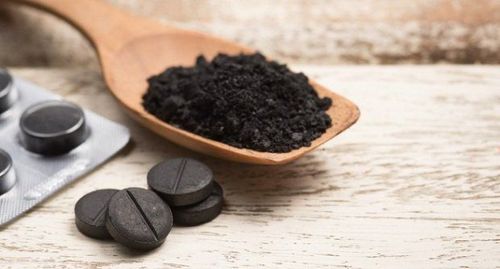
Although the effectiveness of MDAC has not been systematically studied, it should be considered in cases of patients taking large amounts, with severe manifestations. For cases of vomiting, use antiemetics before prescribing activated charcoal. Paralytic ileus may develop as a complication of colchicine toxicity which may complicate the use of MDAC. Hemodialysis is not effective because the volume of distribution of colchicine is very large.
After elimination, treatment is mainly supportive. Death from colchicine poisoning is mainly due to malignant arrhythmias and circulatory failure, so patients should be closely monitored in the intensive care unit. Continuously monitor vital signs, ECG, and laboratory tests continuously to assess progression. Treatment includes adequate fluid therapy, correction of electrolyte disturbances, acid-base balance, vasopressors, antiarrhythmics, blood products, and mechanical ventilation. Broad-spectrum antibiotics should be indicated if secondary infection is present. Stimulation of leukocytes if leukopenia is due to bone marrow suppression.
Clinical efficacy trial with colchicine-specific antibody fragment published single in adults presenting with severe colchicine toxicity. There was improvement in hemodynamics, although the manifestations of bone marrow suppression were not markedly improved. The patient still survived with a toxic dose of 60mg.
According to in vitro studies, anti-colchicine antibodies restore tubulin activity, by the same mechanism as anti-digoxin antibodies, both bind to the drug and redistribute into the extracellular and vascular lumen, thus increased excretion from the tissue.
The high affinity of the antibody to colchicine prevents the drug from binding to other peripheral sites. This method of treatment is not widely available at present.
Please dial HOTLINE for more information or register for an appointment HERE. Download MyVinmec app to make appointments faster and to manage your bookings easily.






